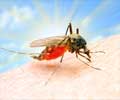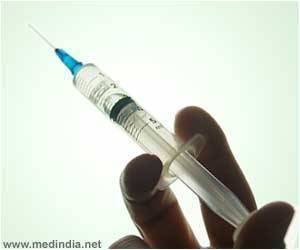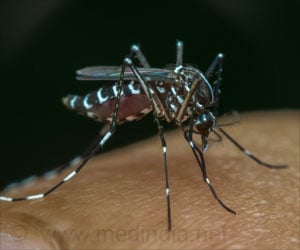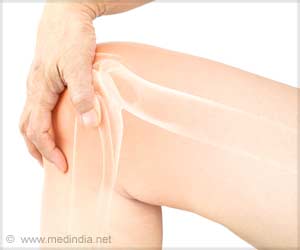Chikungunya has been declared as the epidemic of this season. This disease seems to have overshadowed both malaria and dengue.
11 lakh cases of the viral disease had been reported from Tamil Nadu, Karnataka, Andhra Pradesh, Maharashtra, Madhya Pradesh, Gujarat and Kerala in the last 2 years. In Tamil Nadu alone, 49,567 people have been treated for chikungunya. The density of the disease transmitter, · Aedes aegypti mosquito is 60 % higher than last year.Swarms of mosquitoes seem to attack Chennai city. The breeding season has begun in the entire state. According to public health officials, mosquito breeding is unchecked after the first few rains, especially; the dengue-chikungunya spreading mosquito Aedes aegypti is multiplying in unusually high numbers.
A study by this department shows that in a sample of 100 larvae, only one or two larvae were of the usual malaria causing Anopheles mosquito! Aedes aegypti mosquito density is 60% higher than last year. This makes chikungunya, the epidemic of the season.
According to the report presented in the Assembly on August 17, 49,567 persons were treated for chikungunya in the entire State, while blood tests confirmed 618 cases only. 3,283 `suspected' cases of chikungunya have been identified in the Chennai Corporation zone. Though the epidemic has decreased, is seems to have overshadowed the other usually epidemic diseases like malaria and dengue, say the health officials.
Chikungunya fever is a rare type of viral disease caused by an alphavirus. Aedes aegypti mosquito transmits this virus. Chikungunya is usually not considered fatal. But 200 deaths have been linked with this disease on Réunion island in 2005-06.
High fever (101F-104F), headache, vomiting, depression, severe joint pains including wrist, knees and ankles are the symptoms. A rash may appear on the trunk and limbs after 2 or 3 days of on set of fever.
Advertisement
Symptomatic treatment is recommended for chikungunya and a serological test is done.
Advertisement
Will fogging and using larvicides help? "Yes, but only temporarily," a top public health official said. "It will only result in a transient reduction of the number of mosquitoes. The permanent solution is to eliminate the sources of breeding." Which in the case of the Aedes aegypti and Anopheles mosquitoes, is fresh, unpolluted water, he explained.
From water stored in buckets to open tanks, all pose a threat to become the breeding area for mosquitoes. Hence, we should get rid of them.
"The Aedes mosquito is like a pet dog. It only bites those who allow it to breed. It does not travel very far, tries to find its meal in the vicinity of its original breeding ground," explains the public health official.
We need to keep ourselves fully covered during the daytime, as it is a daytime mosquito, which spreads the disease. Mosquito repellents will also be useful.






